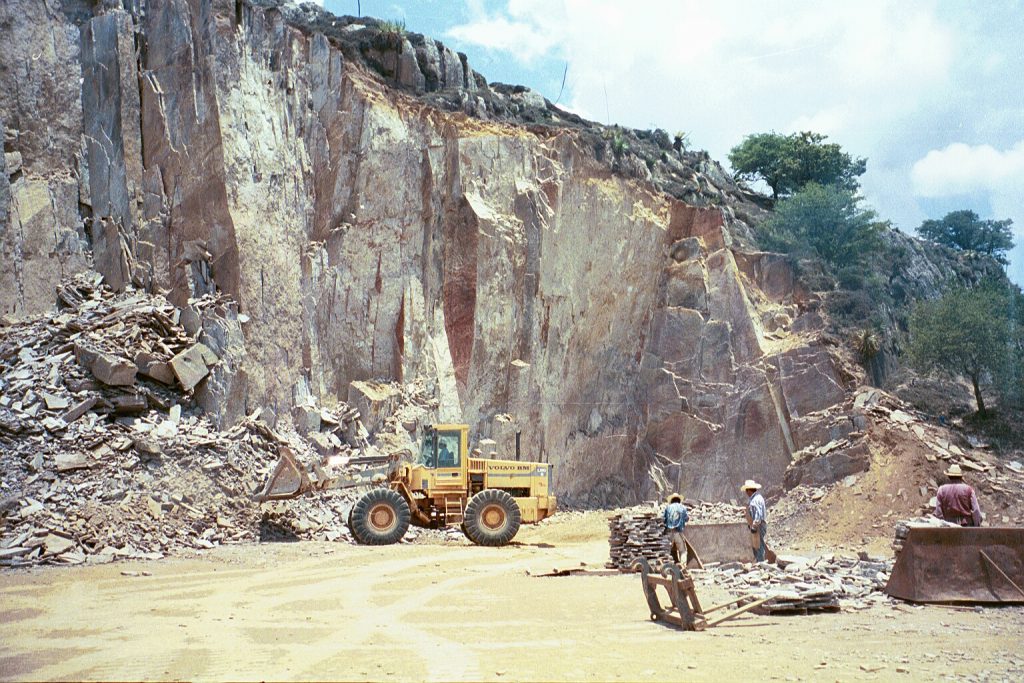 Among the unique stones available, Porphyry can only be quarried in a limited number of places. It’s a material that has been known and used since ancient times. Important relics and monuments in porphyry have been discovered at Assyrian-Babylonian, Egyptian and Roman sites, the cradles of civilization. Its life cycle is measured over hundreds of years.
Among the unique stones available, Porphyry can only be quarried in a limited number of places. It’s a material that has been known and used since ancient times. Important relics and monuments in porphyry have been discovered at Assyrian-Babylonian, Egyptian and Roman sites, the cradles of civilization. Its life cycle is measured over hundreds of years.
Quarried since the time of the Romans, porphyry became one of the most important varieties of stone in Europe. The rock, formed under such intense heat and pressure that it is more dense than granite, was ideal for paving all those Roman roads, including the ones that traversed the Alps and became the pavements of Paris.
Because of its density, porphyry absorbs almost no water at all. That makes it resistant to cracking — water can’t get in to freeze and expand. That trait is useful, not only in the Alps but also where changing seasons create multiple freeze-thaw cycles every year. This makes it a wiser long term choice than concrete blocks or concrete pavers
And because it doesn’t absorb water, the stone dries off quickly, which makes it ideal for use in wet areas such as showers and pool decks. It is naturally slip-resistant – the material meets requirements set by the Americans With Disabilities Act. Moreover, because it’s incredibly hard, it resists scratches and damage from chemicals.
Porphyry is more durable than asphalt, concrete, concrete pavers, and brick pavers. When set over a sand bed, porphyry pavers can be removed and put back in place, making it a reusable paver.
Porphyry’s life span is measured in hundreds of years. While no formal study exists on the costs of using porphyry, it’s duability and long life span are unquestionable.


